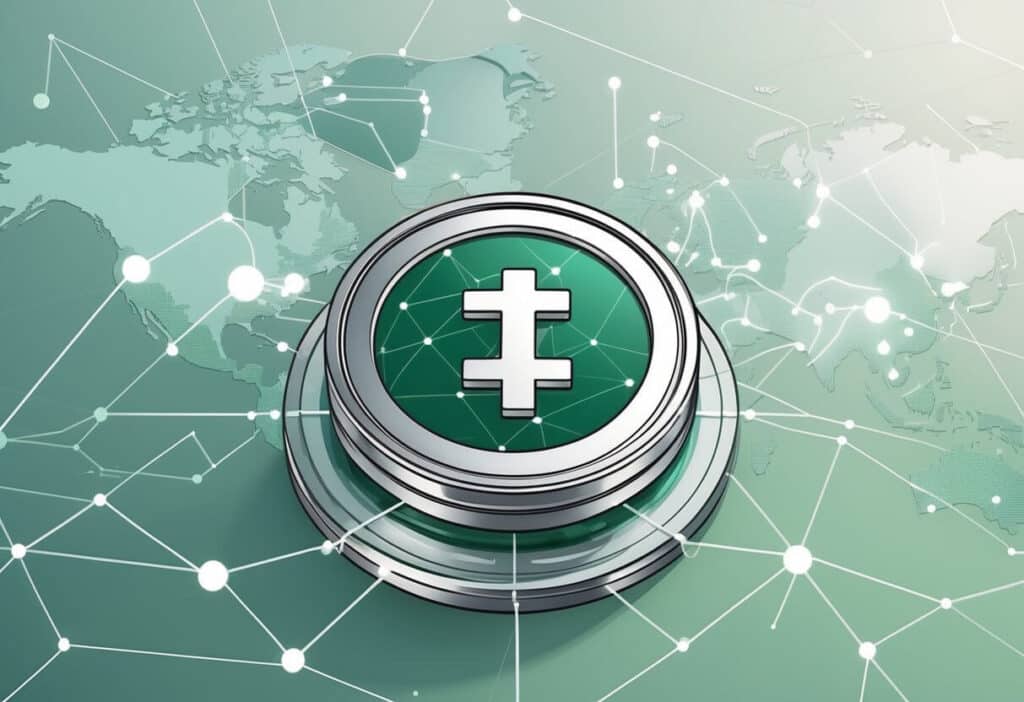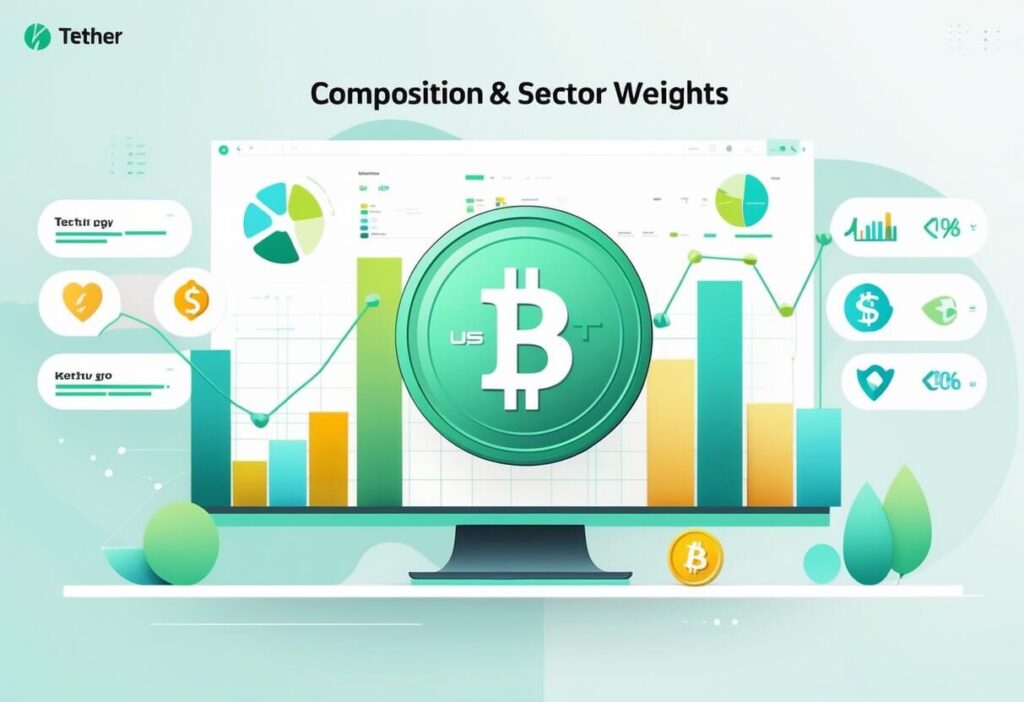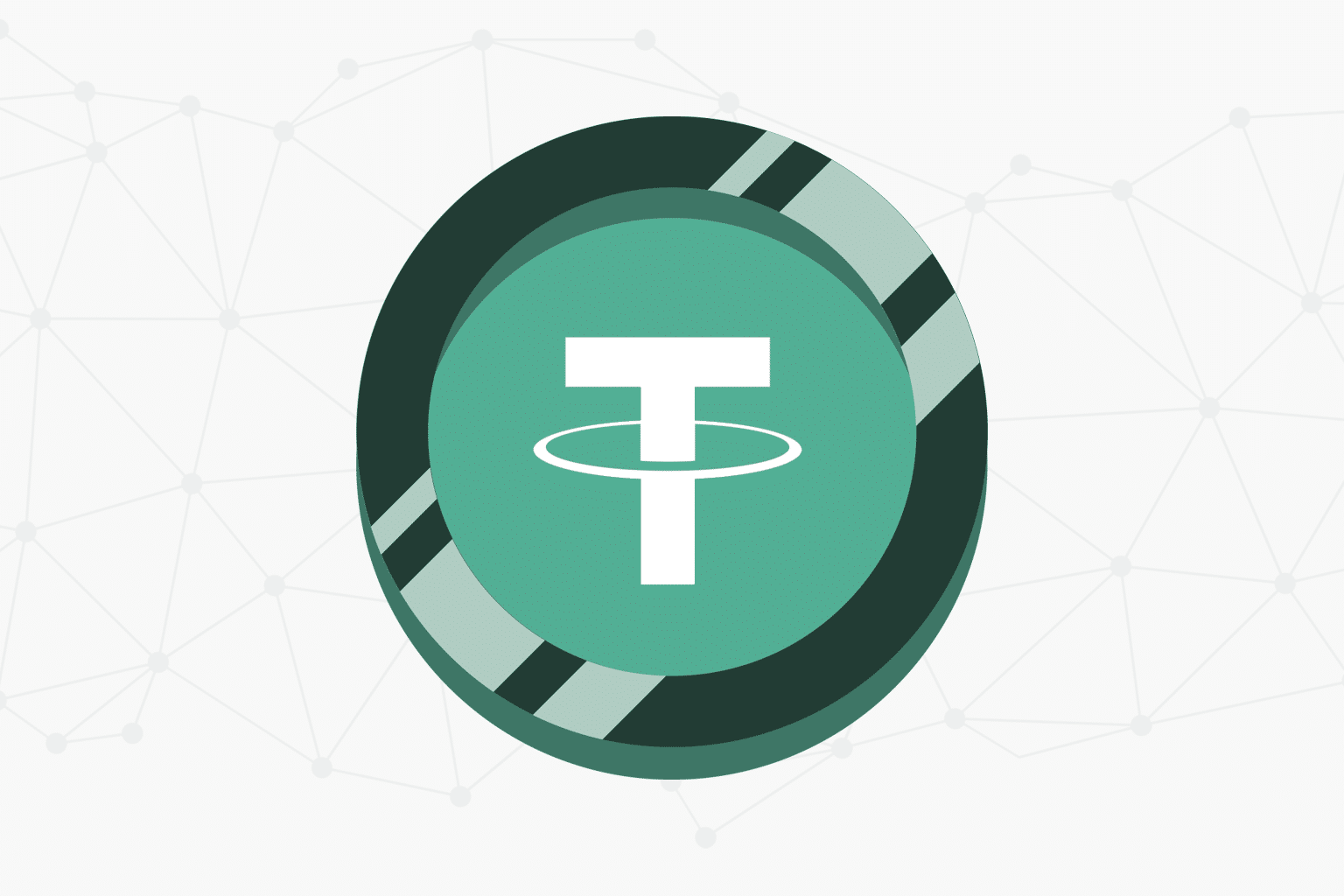USDT is a type of cryptocurrency known as a stablecoin, designed to maintain a 1-to-1 value peg with the U.S. dollar. This means each USDT token is backed by an equivalent amount of U.S. dollars or cash equivalents, providing stability in an otherwise volatile market. Understanding this is key to seeing why USDT is widely used in trading and cross-border transactions.

I find USDT particularly interesting because it operates on multiple blockchains, including Ethereum and Tron, allowing for fast and cost-effective transfers. Its role goes beyond just a digital dollar; it offers an easy way to move value without the swings typical of other cryptocurrencies. Learning how USDT works can give you insight into the broader crypto ecosystem and its evolving financial tools.
If you’ve ever wondered how people manage crypto risks or conduct seamless international payments, USDT is a practical example worth exploring. My goal is to break down what USDT is, how it functions, and why it remains essential in digital finance today. For more detailed info, you can check out this comprehensive guide.
Overview of USDT
I understand USDT is a stablecoin designed to maintain a 1:1 peg with the U.S. dollar. This means each USDT token aims to equal one unit of fiat currency, providing stability often missing in other cryptocurrencies.
USDT plays a key role in the cryptocurrency ecosystem by offering a reliable store of value. It helps traders and investors avoid volatility while staying active in the crypto market.
The token is backed by Tether Limited, which claims to hold equivalent reserves in fiat currency or assets to support every USDT issued. This backing allows it to function as a bridge between traditional finance and digital assets.
I see its widespread use in decentralized finance (DeFi), where it’s leveraged for lending, borrowing, and payments. USDT’s compatibility with multiple blockchains makes it versatile across various digital platforms.
Here’s a brief summary of USDT’s main features:
| Feature | Description |
|---|---|
| Type | Stablecoin |
| Peg | 1 USDT = 1 USD |
| Backing | Fiat currency & financial assets |
| Use cases | Trading, payments, DeFi |
| Blockchain support | Available on 16+ blockchains |
USDT provides a practical solution in digital currency by combining the stability of fiat with the flexibility of crypto assets. It supports liquidity and ease of transactions in the broader crypto ecosystem.
Learn more about how USDT works and its role in the cryptocurrency market at What Is Tether (USDT) and How Does It Work? – CoinGecko.
History & Evolution
I started exploring Tether’s history by tracing it back to 2014, when it was initially launched under the name Realcoin. The idea was to bridge traditional fiat currencies with the emerging blockchain technology, creating a stable digital asset.
Tether Limited is the company behind USDT. It was co-founded by Brock Pierce, Reeve Collins, and Craig Sellars. Brock Pierce brought vision as an early crypto entrepreneur, Reeve Collins served as the first CEO, while Craig Sellars handled the technical development.
Initially, Tether operated on the Bitcoin blockchain using the Omni Layer protocol. This early blockchain choice allowed USDT to function as a digital representation of the U.S. dollar. The token was rebranded to Tether later in 2014 to better reflect its purpose.
By January 2015, USDT began trading on Bitfinex, a major cryptocurrency exchange. This listing significantly boosted its adoption and liquidity. Over time, Tether expanded beyond the Omni Layer, growing to support other blockchains like Ethereum and Tron.
Despite rapid growth, Tether faced scrutiny over the transparency of its dollar reserves. This led to increased regulatory pressure and legal challenges. Throughout its evolution, Tether Limited has worked on improving reserve reporting and compliance.
Today, Tether is recognized as the pioneering stablecoin, laying the foundation for the many digital currencies pegged to fiat. Its evolution from Realcoin to USDT reflects the broader maturation of the crypto market and stablecoin ecosystem. For more details, I rely on a comprehensive Tether history guide.
Composition & Sector Weights

When examining USDT’s composition, I focus first on its backing assets. The majority consists of cash and cash equivalents, primarily U.S. Treasury bills, making up over 75% of the reserves. These short-term government securities provide liquidity and stability, key to maintaining USDT’s 1:1 peg with the U.S. dollar.
In addition to treasury bills, the reserves include money market funds and reverse repurchase agreements, which enhance liquidity management. Tether has moved away from commercial paper exposure, reflecting a more conservative reserve strategy.
USDT’s backing also contains smaller allocations in other asset classes: corporate bonds, secured loans, and precious metals comprise a few percent of the portfolio. Notably, Tether holds a portion of Bitcoin primarily on the bitcoin blockchain and maintains a stake in various blockchain networks to support its operation.
USDT is issued across multiple blockchain platforms, including Ethereum, Tron, Binance Smart Chain (BSC), Polygon, Solana, Avalanche, Algorand, and Near. This multi-chain presence enables widespread liquidity and adoption in different ecosystems while ensuring interoperability.
The Omni Layer Protocol was the original blockchain for USDT issuance but now represents a much smaller share of its total supply. The diverse blockchain integration reflects Tether’s goal to facilitate fast and cost-efficient transactions across many networks.
This diversified reserve and blockchain approach underpins USDT’s role as a leading stablecoin in the cryptocurrency market.
Calculation Methodology

When I calculate the value of USDT, I rely on its fundamental design of a 1:1 ratio with the US dollar. Each USDT token is intended to be backed by one US dollar or equivalent assets held in reserve. This peg to fiat currency is the core mechanism that keeps USDT stable.
To verify this peg, I consider the reserves Tether Limited holds, which include cash, cash equivalents, and other financial instruments. Transparency reports often provide insight into these balances, helping me understand how the stablecoin maintains value.
On-chain data across multiple blockchains also plays a key role in my assessment. Information from sources like Chainalysis allows me to track USDT’s movement and volume on networks like Ethereum, Tron (USDT-TRC20), and Binance Smart Chain (USDT-BEP20). This data indicates real-time usage and liquidity.
I also take into account trade volumes on centralized exchanges. The frequency and size of USDT transactions influence market confidence in the peg. High liquidity and widespread exchange availability support the token’s intended stability.
Lastly, I monitor how USDT facilitates rapid and cost-effective money transfer. Its utility in global digital finance reinforces the backing model’s importance, because consistent demand is crucial for keeping the 1:1 peg intact.
Significance & Common Uses
I see USDT as a crucial player in the cryptocurrency market, especially because it offers a stable alternative in an otherwise volatile environment. Its 1:1 peg to the US dollar reduces the typical market volatility that affects assets like bitcoin.
One key value of USDT is its widespread use on cryptocurrency exchanges. It acts as a common medium for trading, providing liquidity and a stable base for pricing other assets. This helps maintain smoother transactions even when the broader market experiences turbulence.
In addition to trading, USDT supports cross-border payments and transactions. Because it operates on blockchain networks, it enables faster and often cheaper transfers compared to traditional financial systems. This function benefits businesses and individuals handling international crypto transfers.
The stablecoin market, with USDT at its forefront, holds a significant share of overall market capitalization in cryptocurrency markets. I understand its position allows users to hedge risks or move funds without converting back to fiat currencies, saving time and cost.
Here’s a quick overview of USDT’s common benefits and uses:
| Feature | Benefit |
|---|---|
| Stability | Reduces exposure to price swings |
| Liquidity | Easily convertible across numerous platforms |
| Cross-border Transactions | Faster, lower-cost transfers |
| Cryptocurrency Exchanges | Serves as a base currency for trading |
I recognize USDT’s role as a stablecoin is indispensable for many who want to navigate the crypto market effectively without relying solely on volatile cryptocurrencies like bitcoin.
For more details on its market position and risks, you can explore this in-depth analysis.
How to Invest (No Advice)
If I want to invest in USDT, the first step is choosing a reliable exchange. Popular options include Binance, Coinbase, and Kraken. These platforms provide access to USDT trading pairs and support a wide range of cryptocurrencies.
Next, I need a secure place to store my USDT. I prefer using a crypto wallet like Trust Wallet for personal holdings. For larger amounts or institutional needs, more advanced wallets or custody solutions might be appropriate.
To buy USDT, I usually deposit fiat currency or other cryptocurrencies on the exchange. Then, I trade or directly purchase USDT at market prices. USDT is popular for hedging against volatility and moving funds quickly between platforms.
Here’s a brief list of steps I follow:
- Create an account on a trusted exchange
- Complete necessary identity verification
- Deposit fiat or crypto funds
- Purchase USDT
- Transfer USDT to my personal wallet if needed
I am aware that trading USDT or any cryptocurrency involves risks. Market conditions can affect liquidity and prices. I keep informed about regulatory updates, as stablecoins like USDT are often under scrutiny.
Some platforms like Circle focus on transparency and regulatory compliance, which could influence my choice depending on my risk tolerance.
Using USDT is common among institutional investors for quick, stable transfers and portfolio stability in volatile markets. I consider this when planning my investment approach.
Common Questions on USDT
USDT operates within a tightly regulated and evolving environment. Understanding how its underlying mechanisms and comparisons work helps clarify its stability and positioning in the crypto market. Transparency, regulatory oversight, and live tracking are crucial factors I consider when dealing with USDT.
How Often Is the Index Reviewed?
USDT itself is a stablecoin pegged 1:1 to the US dollar and does not rely on an index in the traditional sense. However, Tether’s backing assets and reserves undergo regular reviews to maintain trust in its peg. These reviews are typically quarterly or conducted as needed to comply with regulatory scrutiny from entities like the New York Attorney General and the Commodity Futures Trading Commission (CFTC).
I pay attention to Tether’s disclosures on reserve transparency because concerns about potential fractional reserves and market manipulation have been raised. In contrast, stablecoins like USDC often provide monthly attestation reports by independent auditors for greater assurance. Regulatory frameworks like MiCA (Markets in Crypto-Assets) aim to increase such transparency across all stablecoins, including USDT.
What’s the Difference Between USDT and Close Peer?
USDT’s most direct peers include stablecoins like USDC, DAI, and Binance USD (BUSD). The main differences lie in issuance models, backing assets, and regulatory compliance.
- USDT claims fiat and other financial instruments as backing but has faced questions about full collateralization and past market manipulation allegations.
- USDC is known for higher regulatory compliance, monthly audits, and clear backing by cash and equivalents.
- DAI operates as a decentralized stablecoin via MakerDAO, backed primarily by crypto collateral rather than fiat reserves.
- BUSD, regulated under New York’s Department of Financial Services, offers transparency and is aimed at reducing regulatory risk for Binance users.
My evaluation of USDT versus its peers considers these factors: regulatory scrutiny, reserve transparency, and the risk of volatility caused by underlying collateral.
Where Can I Track the Index Live?
USDT’s price stability means it’s generally pegged around $1, but real-time tracking is important for traders and institutions. Several online platforms provide live price monitoring and market data for USDT:
- CoinGecko and CoinMarketCap offer current prices, market caps, and liquidity metrics.
- Trading venues like Binance and Coinbase display USDT liquidity against other assets.
- Blockchains supporting USDT also provide on-chain analytics for transaction volumes and reserve flows.
While there isn’t a single “index” for USDT, these tools help me assess its market behavior continuously. This monitoring is crucial given the regulatory environment influenced by agencies like the CFTC and frameworks such as MiCA, which could impact Tether’s operations and compliance status.





